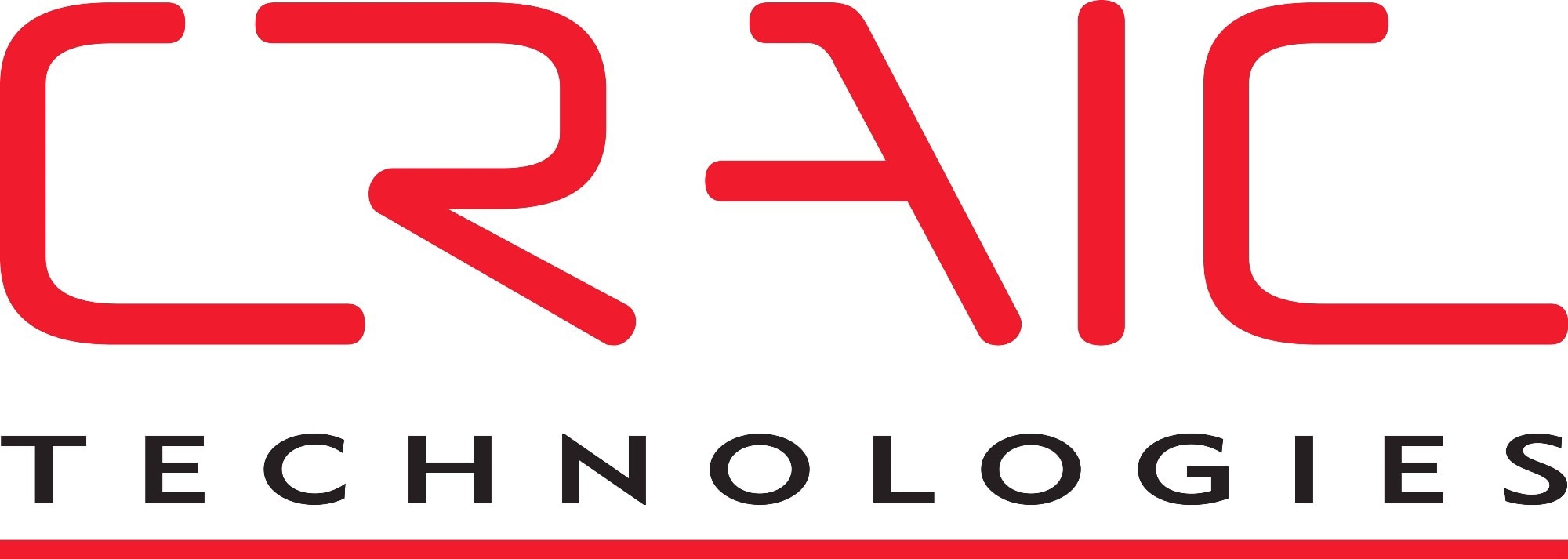The latest studies using CRAIC Technologies’ microspectroscopy have delivered important insights into the characterization of semiconductors and other new materials. The advanced abilities of CRAIC microspectrometers, which merge UV-visible-NIR, Raman, and photoluminescence spectral analysis with high-resolution microscopy, have proven crucial for probing the optical and electronic properties of semiconductors at the microscale.

Image Credit: CRAIC Technologies
Major Applications of Microspectroscopy
One crucial area of progress is the examination of thin film semiconductors, where CRAIC's microspectroscopy approaches have allowed accurate assessments of film thickness, optical constants, and bandgap energy. By utilizing reflectance and transmittance microspectroscopy, scientists can now non-destructively assess these parameters with unparalleled spatial resolution. This has significant consequences for advancing next-generation semiconductor devices, where material uniformity and accurate optical properties are critical.
Moreover, CRAIC's microspectroscopy has aided the comprehensive study of semiconductor defects and impurities. The capacity to carry out localized photoluminescence and Raman spectroscopy at the microscale allows scientists to pinpoint and quantify faults that may impact semiconductor performance. This characteristic is especially helpful in the quality control of semiconductor wafers, where recognizing and reducing such flaws is essential for securing device reliability.
The combination of microspectroscopy with CRAIC’s advanced imaging systems has allowed the visualization of semiconductor heterostructures and interfaces. This has made the study of band alignment and charge transfer processes at these interfaces possible, helping design productive semiconductor devices like solar cells and transistors.
Recent Research Results Using CRAIC Microspectrometers
CRAIC microspectrometers have been utilized to maximize metamaterials for deep neural networks. This article considers using deep neural networks (DNNs) to improve the design of split-ring metamaterials and metamaterial microcavities.
By training DNNs with simulation data, the research offers fast and precise forward predictions of optical responses and potent inverse designs for desired spectral results. This method greatly enhances the design efficiency and accuracy of complex nanostructures, particularly for applications in optical devices. Experimental verification, utilizing CRAIC Technologies microspectrophotometers, substantiates the efficacy of this approach, accentuating its ability to progress metamaterial technologies.
Another domain of research using microspectroscopy is the development of crystalline organic semiconductors. The solid-state structure of these materials directs their performance.
Technologies using these materials require them to be dissymmetric. This is a complex process if accomplished with synthetic approaches. However, with crystal twisting methods, organic semiconductors are easily processed while delivering other upsides.
Polarization microspectroscopy is utilized because these materials' polarization absorbance spectra depend on the angle. The same instrument was also utilized to assess the materials' photoluminescence spectra. This is because the fluorescence produces periodic oscillations in intensity according to the twisting pitch.
New sensors are under development for multiple different applications. One such device, for example, is an optically based gas sensor based on a thin film.
Microspectroscopy is critically important in this research as it allows the accurate characterization of material characteristics at the microscale. This includes examining the fabricated materials' optical properties, chemical composition, and structural integrity.
By utilizing microspectroscopy, researchers can acquire comprehensive insights into the microstructure and functionality of these materials, resulting in better optimization and application in diverse high-tech industries.
Another sensor currently under development utilizing microspectroscopy is a plasmon-modified photodetector.
The article explores the use of functional coatings on flexible substrates, highlighting the significance of resilience and performance in applications such as electronics and sensors.
Microspectroscopy is critical in this research, as it allows the comprehensive examination of the coatings' optical and chemical characteristics at a microscopic level. This allows scientists to evaluate how well the coatings adhere, their uniformity, and their potential degradation under multiple conditions, offering insights important for improving the coatings for practical use.
Polarization microspectroscopy optically distinguishes molecular semiconductor crystals. The article examines developing and evaluating new materials for energy storage applications.
Microspectroscopy explores these materials' structural and chemical properties at the nanoscale, offering crucial insights into their performance and stability.
By assessing characteristics, including particle size, distribution, and composition, microspectroscopy facilitates researchers' optimization of material properties for higher efficiency and longevity in energy storage devices.
Conclusions
CRAIC Technologies' microspectroscopy systems are formidable tools in semiconductor research. They provide high-resolution, non-destructive analysis of material properties, defect characterization, and interface studies.
These advancements improve semiconductor materials and devices, spearheading innovation in electronics, optoelectronics, and renewable energy.

This information has been sourced, reviewed and adapted from materials provided by CRAIC Technologies.
For more information on this source, please visit CRAIC Technologies.